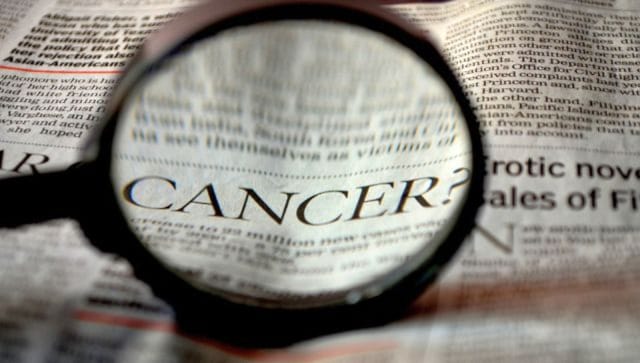The US cancer rate death has plumetted by a whopping 30 per cent over the past three decades. According to research published on Thursday in CA: A Cancer Journal for Clinicians that translates to approximately 3.8 million lives being saved since 1991. Even better, the statistics show that the cancer death rate declined from 2019 to 2020 by 1.5 per cent – which stands in sharp contrast to other leading causes of death. Cancer, in addition to being a global health problem, is the second leading cause of death in the United States, according to researchers. The top killer in the United States is heart disease. Unsurprisingly, COVID-19 is in the third spot. Let’s take a closer look at how and why the cancer death rate declined: What happened? Researchers estimated that over the three-decade period, twice as many deaths were averted in men than in women – that’s 2.6 million against 1.2 million.
The study said this occurred due to the death rate in men peaking higher and declining faster.
From 2015 to 2019, incidence of lung cancer annually decreased at more than double the rate in men than woman – 2.6 per cent compared to 1.1 per cent. Incidence of cervical cancer saw a dramatic reduction among young women (aged 20 to 24) – a 11.4 per cent decline from 2012 to 2019 and a massive 65 per cent overall decline in that same period. The 2016 to 2020 period also saw a two per cent annual decline in mortality rates for leukemia, melanoma, and kidney cancer. Why did this happen? The study revealed that a dip in smoking combined with improvements in cancer detection and treatment over the past three decades contributed to lowering the mortality rate. Karen Knudsen, chief executive officer of the American Cancer Society, told CNN the cancer mortality decline is “truly formidable.” “New revelations for prevention, for early detection and for treatment have resulted in true, meaningful gains in many of the 200 diseases that we call cancer,” Knudsen told the outlet. Researchers put the decline in cervical cancers down to the first vaccine against the two strains of human papillomavirus (which cause 70 per cent of such cancers). Researchers pointed out that the vaccine was first approved in 2006 by the US Food and Drug Administration for use in females aged 9 to 26 years. “This totally follows the time when HPV vaccines were put into use,” Dr William Dahut, the society’s chief scientific officer, told CNN. The first group inoculated against these strains are now in their 20s, the report added. The report stated that this suggests steep future reductions in HPV cancers – the majority of which occur in women. “There are other cancers that are HPV-related – whether that’s head and neck cancers or anal cancers – so there’s optimism this will have importance beyond this,” Dahut added.
Unfortunately, it’s not all good news.
According to the report, incidence of prostate cancer actually increased by three per cent from 2014 to 2019. That, after two decades of decline, accounts for 99,000 fresh cases. Breast and uterine corpus cancers, liver cancer and melanoma also rose in women. Breast cancer rates in women have been increasing around .5 per cent pear year since 2000s, the data showed. Researchers said this is due to diagnoses of localised-stage and hormone receptor-positive disease. Researchers attributed this trend, at least in part, to continued declines in the fertility rate and increases in excess body weight. Researchers said this may contribute to increased uterine corpus cancer incidence of around 1 per cent per year since the mid-2000s among women aged 50 years and older and nearly 2 per cent per year since at least the mid-1990s in younger women. Meanwhile, researchers say the US is projected to witness nearly 2 million new cancer cases and 609,820 cancer deaths in 2023. Around 100,000 of lung cancer deaths predicted for 2023 can be chalked up directly to cigarette smoking, while another 3,560 would have died due to inhaling second-hand smoke. With inputs from agencies Read all the Latest News , Trending News , Cricket News , Bollywood News , India News and Entertainment News here. Follow us on Facebook, Twitter and Instagram.


)

)
)
)
)
)
)
)
)



